Boer Goat
- February 6, 2024
- 0 comment
The Boer goat, originating from South Africa, is a highly regarded breed known for its exceptional qualities in meat production and adaptability. These goats have made their mark worldwide due to their unique appearance, robust nature, and, most notably, their delicious meat. Boer goats are easily identifiable by their striking white bodies and reddish-brown heads, with large, drooping ears that add to their charm. They are medium to large in size, with bucks weighing between 240 to 300 pounds and does ranging from 200 to 220 pounds. What sets Boer goats apart is their ability to produce tender, flavorful, and lean meat, making them a preferred choice for meat enthusiasts and farmers alike. Their friendly and inquisitive nature also makes them a popular choice for those looking to raise goats for both practical and companionship purposes. Boer goats continue to thrive in various climates, showcasing their adaptability and contributing significantly to meat production and sustainable farming practices.
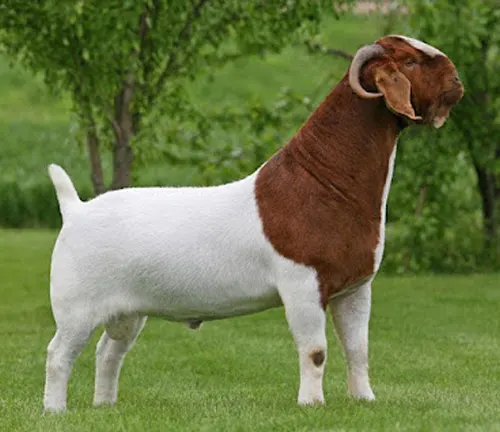
Boer goats are a fascinating breed known for their robust nature, excellent meat quality, and unique appearance. In this comprehensive guide, we will delve into the world of Boer goats, exploring their origin, characteristics, breeding, care, and much more. Whether you’re a seasoned farmer or a curious enthusiast, this article will provide you with valuable insights into these remarkable animals.
| Characteristic | Description |
|---|---|
| Origin | South Africa |
| Size | Medium to large |
| Male Weight (Bucks) | 240 to 300 pounds |
| Female Weight (Does) | 200 to 220 pounds |
| Coloration | White body with a reddish-brown head |
| Ear Type | Large, drooping |
| Primary Use | Meat production |
| Meat Quality | Tender, flavorful, and low in fat |
| Lifespan | 10 to 12 years |
| Temperament | Friendly and inquisitive |
| Adaptability | Thrives in various climates |
| Reproductive Rate | High, often giving birth to multiple kids |
| Grazing Capability | Excellent grazer, suitable for pasture |
All About Boer Goats
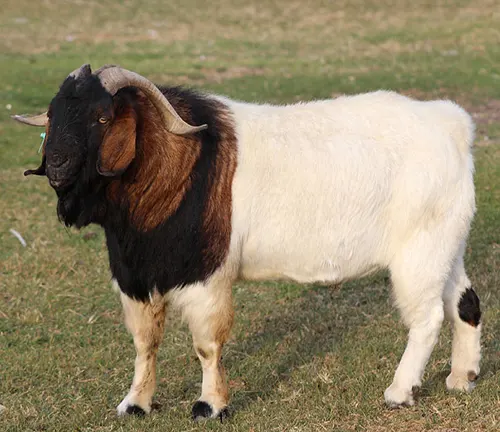
The Origins of Boer Goats
Boer goats, originally from South Africa, are a breed that has gained immense popularity worldwide due to their outstanding meat production capabilities. Understanding their history helps us appreciate their evolution and adaptability.
The Beginnings in South Africa
Boer goats were developed in the early 1900s in South Africa, primarily in the Eastern Cape region. They were bred for their meat, making them the go-to choice for meat production in the country.
Arrival in the United States
In the early 1990s, Boer goats were introduced to the United States, marking the beginning of their global expansion. Their adaptability to various climates and excellent reproductive abilities contributed to their rapid rise in popularity.
Distinctive Characteristics
Boer goats are easily recognizable due to their unique characteristics, making them stand out in the world of livestock.
Coloration and Appearance
These goats typically have a white body with a distinctive reddish-brown head, giving them a striking appearance. Their ears are large and drooping, adding to their charm.

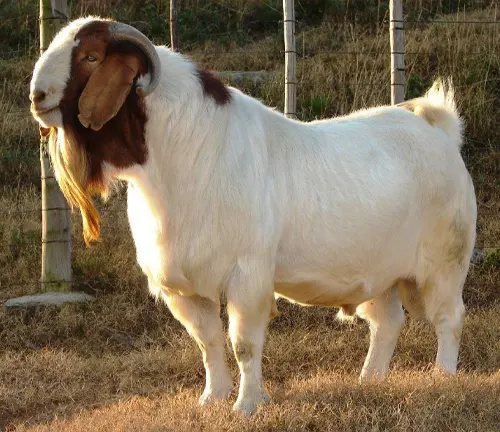
Size and Weight
Adult Boer goats are medium to large in size, with males (bucks) weighing between 240 to 300 pounds and females (does) ranging from 200 to 220 pounds.
Meat Quality
One of the primary reasons for their popularity is their exceptional meat quality. Boer goat meat is tender, flavorful, and low in fat, making it a sought-after choice among meat enthusiasts.
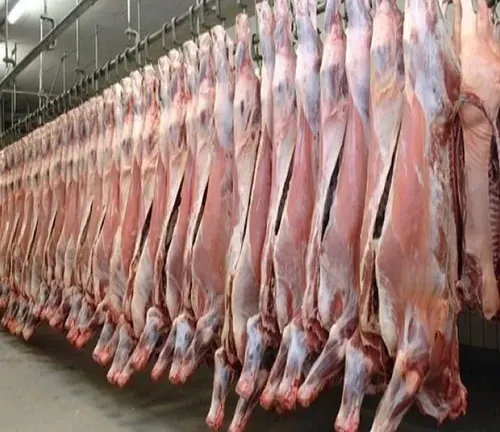
Breeding and Reproduction
Understanding the breeding and reproduction process of Boer goats is essential for successful farming.
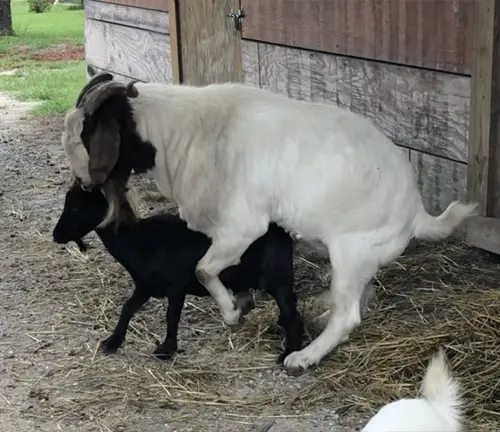
Mating and Gestation
Boer goats are known for their high reproductive rate. Does typically have a gestation period of around 150 days, and they can give birth to multiple kids (baby goats) in a single pregnancy.
Selecting Quality Breeding Stock
When breeding Boer goats, it’s crucial to choose high-quality bucks and does to ensure healthy offspring with desirable traits.

Care and Management
Proper care and management are crucial for the health and well-being of Boer goats.
Shelter and Fencing
Providing adequate shelter and secure fencing is essential to protect them from harsh weather conditions and predators.
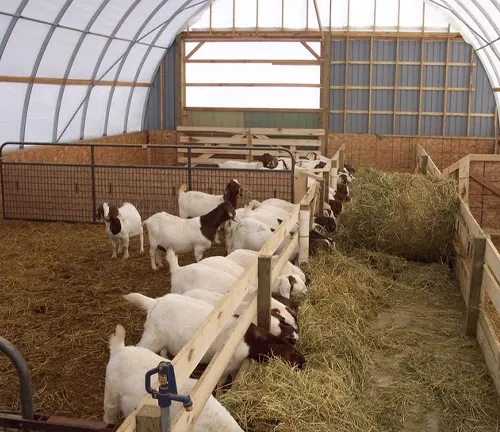
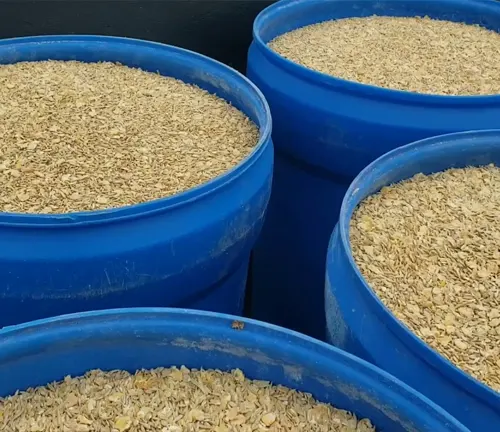
Feeding and Nutrition
Boer goats require a balanced diet that includes high-quality forage and proper supplementation to maintain optimal health and growth.
Health Maintenance
Regular veterinary check-ups, vaccination schedules, and deworming are essential to prevent diseases and ensure the longevity of your Boer goats.
Boer Goats in Agriculture
Boer goats play a significant role in agriculture, contributing to meat production and sustainable farming practices.
Meat Production
Their excellent meat quality and high growth rate make Boer goats a preferred choice for meat production in many countries.
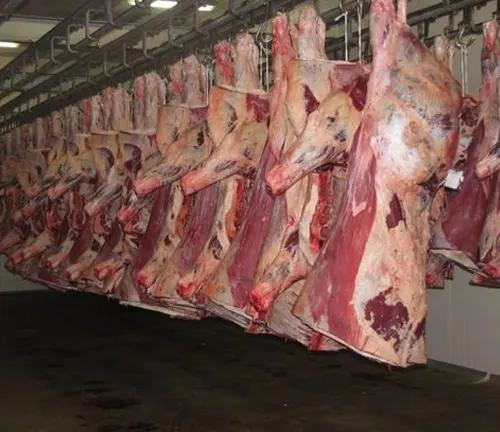
Grazing and Sustainability
Boer goats are excellent grazers, helping in maintaining pastures and contributing to sustainable agricultural practices.
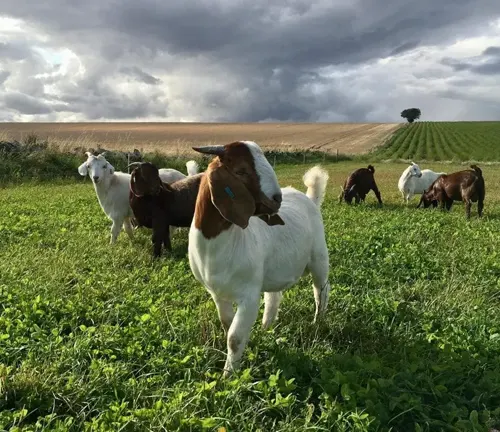
Different Species
The Boer goat is a breed rather than a species, and it doesn’t have different species. However, within the Boer goat breed, there can be variations in appearance, size, and genetics due to selective breeding practices.
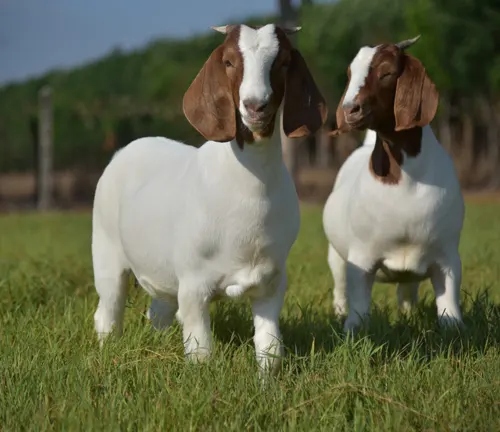
Frequently Asked Question (FAQs)
- What is the origin of Boer goats?
Boer goats originated in South Africa, specifically in the Eastern Cape region. They were developed in the early 1900s by Dutch settlers for their meat production capabilities. - How did Boer goats get their name?
The name “Boer” is derived from the Dutch and Afrikaans word for “farmer.” These goats were named Boer goats because they were bred by farmers in South Africa. - Are Boer goats a good choice for meat production?
Yes, Boer goats are an excellent choice for meat production. They are renowned for their high-quality meat, which is tender, flavorful, and low in fat. - What is the average lifespan of a Boer goat?
With proper care, Boer goats can have an average lifespan of 10 to 12 years. - Do Boer goats require special care compared to other goat breeds?
Boer goats require basic care similar to other goat breeds. However, proper nutrition, shelter, and regular health check-ups are essential to maintain their well-being. - Are Boer goats suitable for small-scale farming?
Yes, Boer goats can be suitable for small-scale farming operations due to their adaptability and meat production qualities. - What are the common health issues that Boer goats may face?
Common health issues for Boer goats include respiratory infections, parasites, hoof problems, and nutritional deficiencies. Regular veterinary care and preventive measures can help address these issues. - Can Boer goats be raised in both rural and urban environments?
While Boer goats are more commonly raised in rural settings, they can be adapted to urban environments if local regulations permit and proper facilities are provided. - How can I tell the age of a Boer goat?
You can estimate a Boer goat’s age by examining its teeth. As goats age, their teeth change, and their wear patterns can help determine their approximate age. - What is the ideal diet for Boer goats to ensure good meat quality?
An ideal diet for Boer goats includes high-quality forage, access to clean water, and supplementary feeds to meet their nutritional requirements. - Do Boer goats have any unique behavior traits?
Boer goats are known for their curiosity and social nature. They can be quite friendly and may follow humans or interact with other animals. - What are the differences between Boer goats and other goat breeds?
Boer goats are distinct in appearance, with a white body and reddish-brown head. They are also known for their meat production qualities, which set them apart from many other goat breeds. - Are Boer goats suitable for grazing in pasture-based systems?
Yes, Boer goats are excellent grazers and can thrive in pasture-based systems. - How do I prevent and manage parasites in my Boer goat herd?
Regular deworming, rotational grazing, and maintaining clean living conditions can help prevent and manage parasites in Boer goat herds. - Are there any specific regulations or guidelines for raising Boer goats in my region?
Regulations may vary by location, so it’s important to check with your local agricultural authorities or extension office for specific guidelines and requirements. - What is the average size of a mature Boer goat?
Mature Boer goats can vary in size, but on average, males (bucks) weigh between 240 to 300 pounds, and females (does) weigh between 200 to 220 pounds. - Can I keep Boer goats as pets, or are they primarily for farming purposes?
While Boer goats are primarily raised for meat production, some people do keep them as pets due to their friendly nature and unique appearance. - How do I select the best breeding stock for my Boer goat herd?
To select the best breeding stock, look for animals with desirable traits such as good conformation, health, and meat production potential. - Are there any special considerations for breeding and kidding in Boer goats?
Boer goats generally have a high reproductive rate. It’s essential to provide proper nutrition to pregnant does and ensure clean, comfortable kidding areas. - What marketing opportunities are available for Boer goat meat and products?
Boer goat meat is in demand for its quality, making it a lucrative option. Opportunities may include selling meat directly to consumers, restaurants, or participating in local livestock auctions. Additionally, Boer goats can be used for breeding stock, further expanding marketing opportunities.



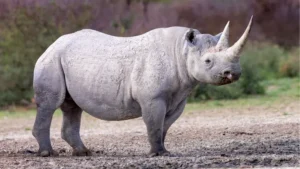

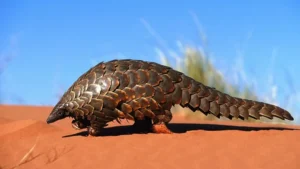


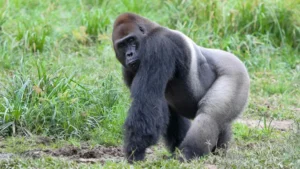
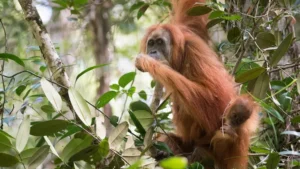

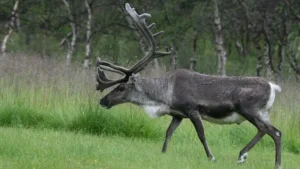

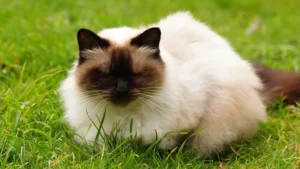
Leave your comment